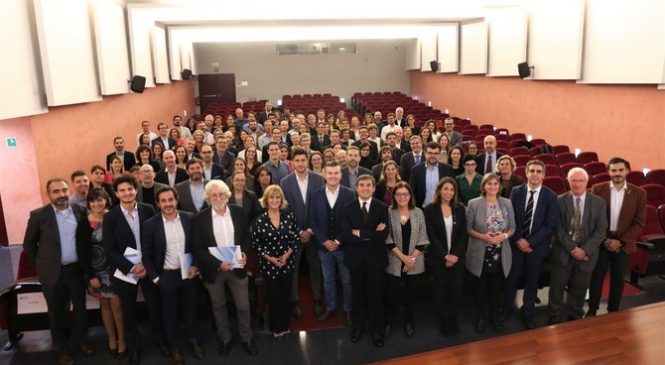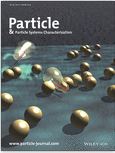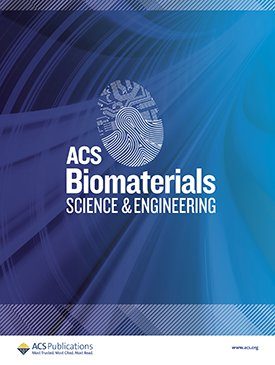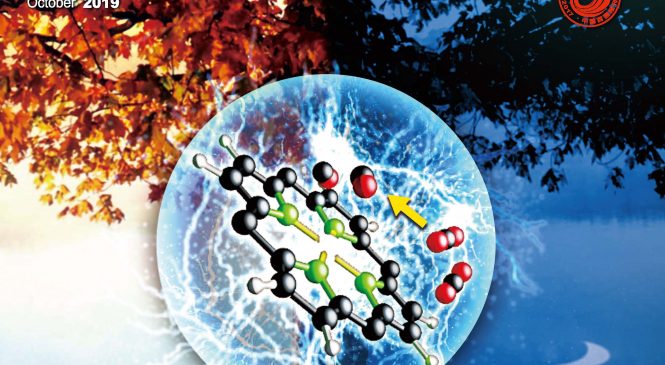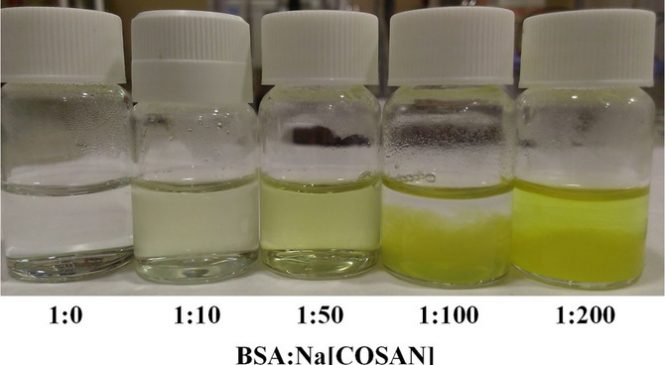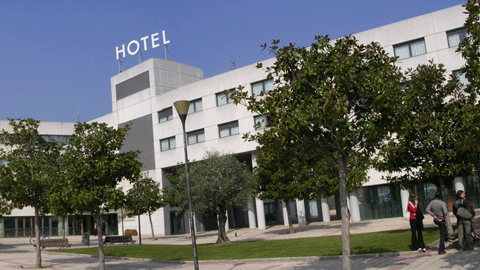
La UAB entrega els títols i premis extraordinaris de doctorat
Salvador Ventura, director de l’Institut de Biotecnologia i de Biomedicina, pronunciarà la ponència “Desmuntant el LEGO: A la cerca d'una cura per les malalties neurodegeneratives".El 22 de novembre l’Hotel Exe Campus acollirà el lliurament dels títols i premis extraordinaris del doctorat.
A l’acte, que s’iniciarà a les 18 hores,
Victòria Nogués, secretària acadèmica de l’Escola de Doctorat, presentarà l’acte que comptarà també amb les intervencions institucionals de Margarita Arboix, rectora de la UAB; Sara Moreno, vicerectora d’Alumnat i Ocupabilitat de la UAB; Armand Sánchez, director de l’Escola de Doctorat i vicerector de Recerca i de Transferència de la UAB; i Tirso Gràcia, membre del Consell Social de la UAB. A més, en representació dels doctors i doctores que reben els seus t

